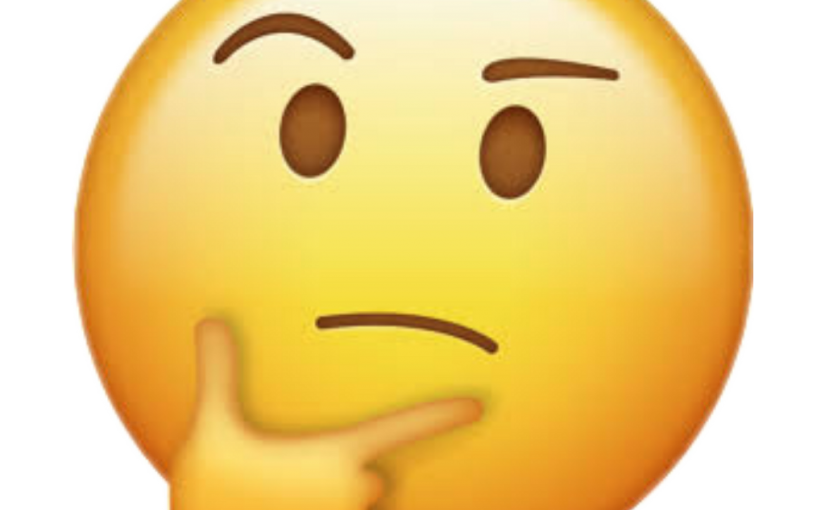Formal Analysis is a way to understand an artwork by examining its use of artistic techniques and characteristics to define its meaning. When we say formal analysis, we mean to examine an artwork and give visual descriptions of it by questioning what we see, what does it means, and how it was made. While examining an art we also look at the elements such as the line, value (light and dark in a design), shapes, composition, scale, forms, space and mass, color, and texture. It is more than just describing what we see in an artwork, it is more about understanding what’s the artist trying to convey, looking for the hidden message, and adding perceptive and our personal insight. The way we interpret an artwork is based on our personal perspective, experience, emotions, and own vision, therefore art has different meanings to different people.





